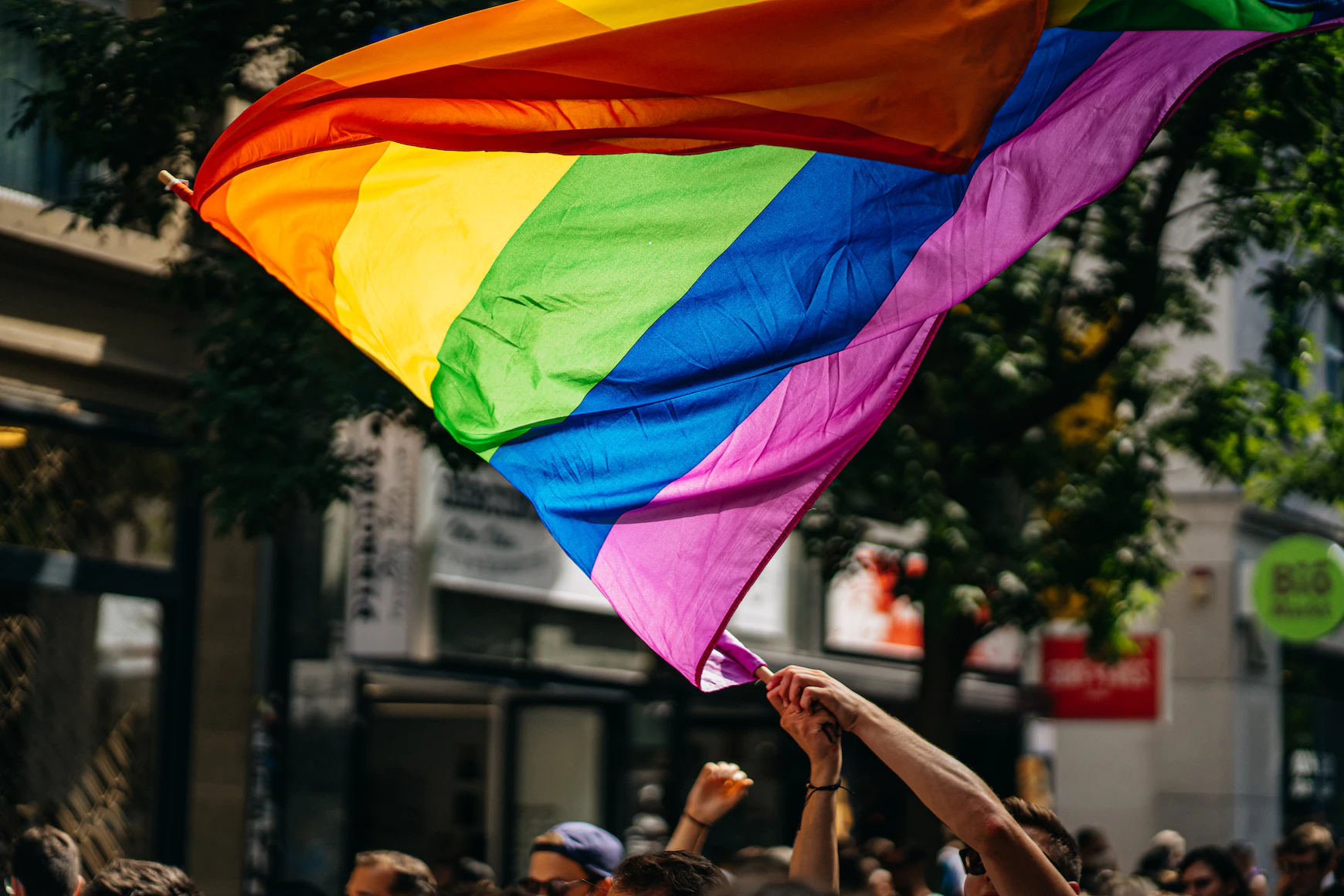Every year, the LGBTQ+ community and its allies come together in June to celebrate Pride Month—a time filled with parades, festivals, and events that commemorate the struggles, triumphs, and ongoing fight for equal rights and acceptance. It is a time to honor the history and resilience of the LGBTQ+ community, while also acknowledging the work that still lies ahead. In this article, we explore the origins of Pride Month and the events that led to its establishment.
It is likely that you are aware of the rainbow flag, which was designed by artist Gilbert Baker in 1978, as a symbol of LGBTQ pride. However, it is worth noting that each color on the flag holds its own significance. In the well-known version of the flag with six colors, red symbolizes life, orange represents healing, yellow signifies sunshine, green embodies nature, blue signifies harmony, and purple represents spirit. The original eight-color flag included hot pink to symbolize sex and turquoise to symbolize magic/art.
Throughout the years, there have been various adaptations of the flag. In 2021, the flag was modified in solidarity with the Black Lives Matter protests. The alterations included the addition of black to represent diversity, brown to symbolize inclusivity, and the incorporation of light blue and pink, which are the colors of the trans pride flag.
We commemorate the month of June to align with the significant event that sparked the Gay Liberation Movement known as the Stonewall Uprising. On the early morning of June 28, 1969, a police raid took place at The Stonewall Inn, a popular gay bar in New York City’s West Village. While such raids were common during that time, this particular incident ignited the Stonewall Riots, a series of protests that persisted for several days.
Recognizing the historical significance of The Stonewall Inn, the city of New York designated it as a historic landmark in 2015, and later in 2016, President Barack Obama declared it a national monument.
This year marks the 53rd anniversary of the inaugural Pride parade, which took place in 1970, just one year after the Stonewall Uprising.
Marsha P. Johnson is often credited with throwing the first punch at the Stonewall Inn (though there are many prominent figures who are also rumored to have done so). She was a Black trans woman celebrating her 25th birthday at the time of the riots and a tour de force in the gay community. She died in 1992 at just 46 years old after police found her body in the Hudson River — her death was initially ruled a suicide, despite friends and loved ones insisting that could not be the case.
Pride Month is a reminder that the fight for equality continues. It sheds light on the challenges faced by LGBTQ+ individuals, including discrimination, violence, and disparities in healthcare and employment. It encourages dialogue, fosters understanding, and promotes inclusivity in all aspects of society.
Is a time to honor the brave individuals who fought and continue to fight for LGBTQ+ rights. It stands as a testament to the power of unity, resilience, and the determination to live authentically. As we celebrate Pride Month each year, let us not only acknowledge the progress made but also renew our commitment to creating a world where everyone can love and be loved without fear of discrimination or prejudice.
TYT Newsroom



